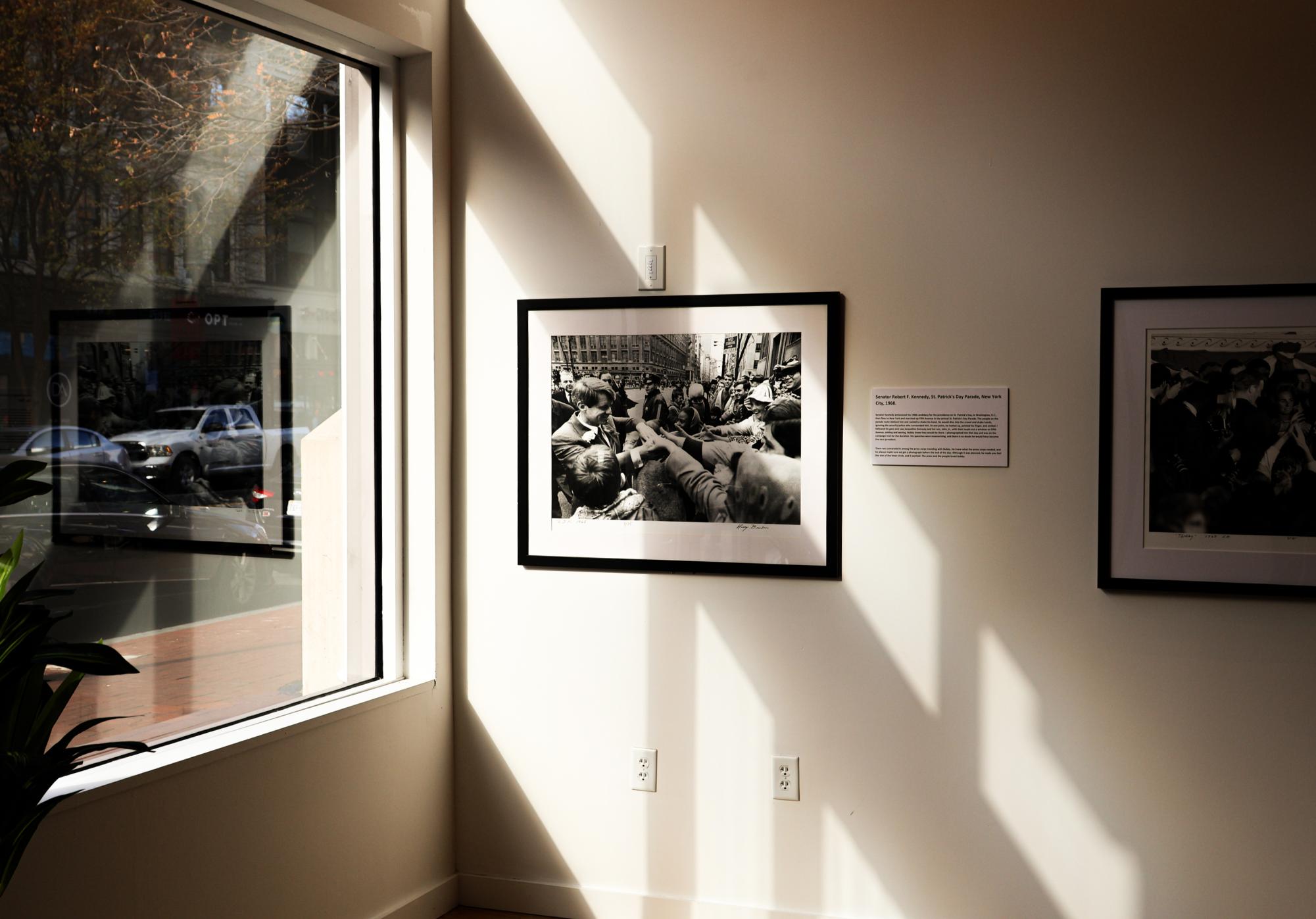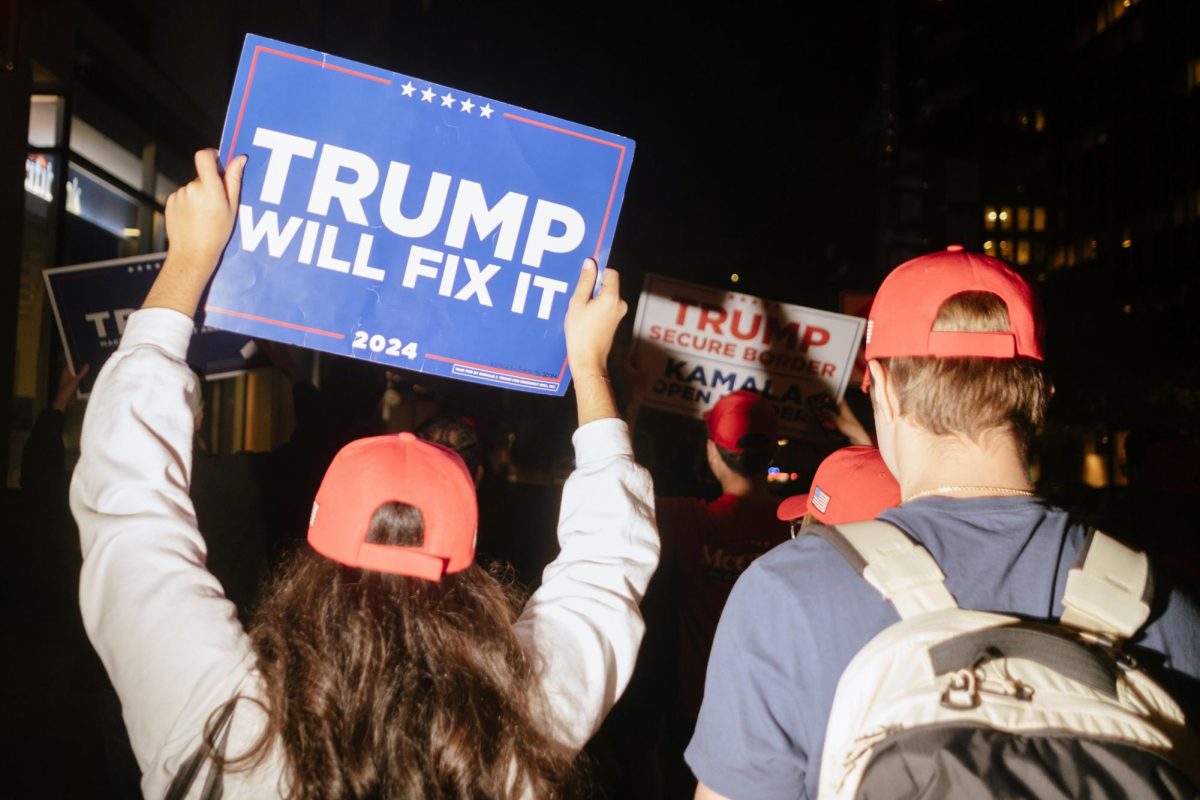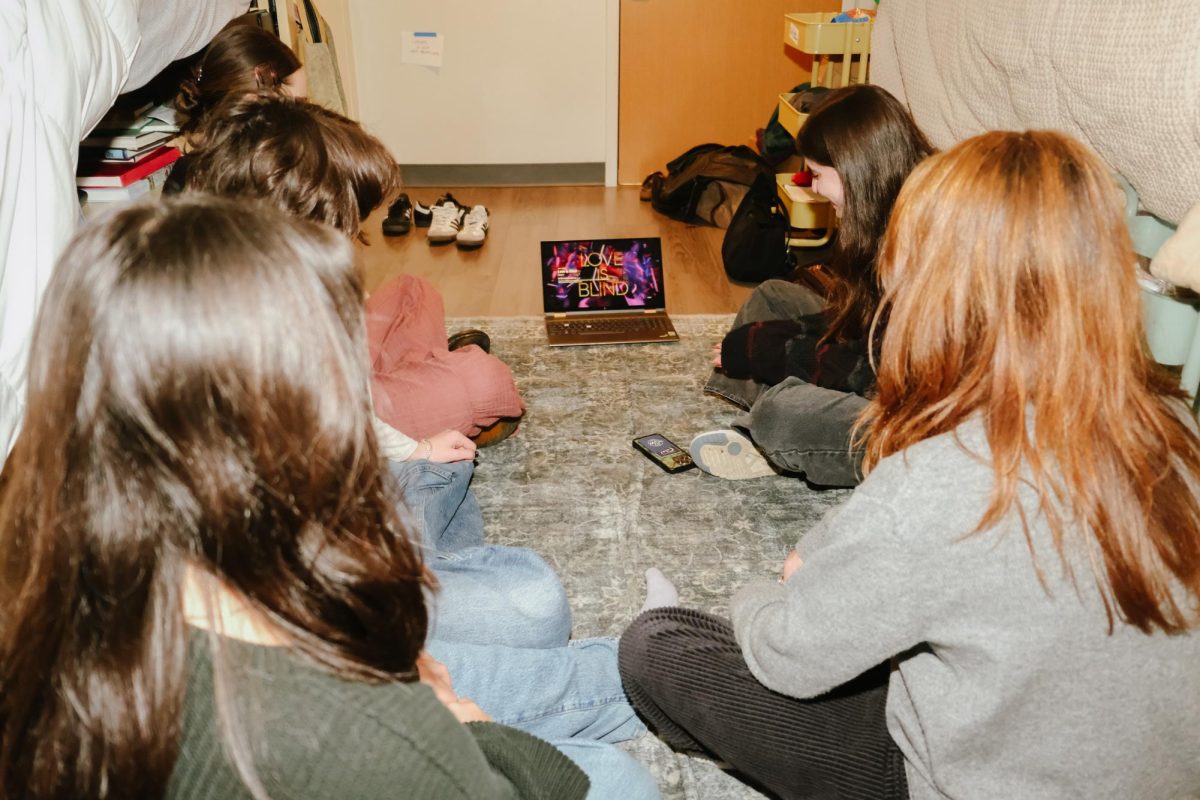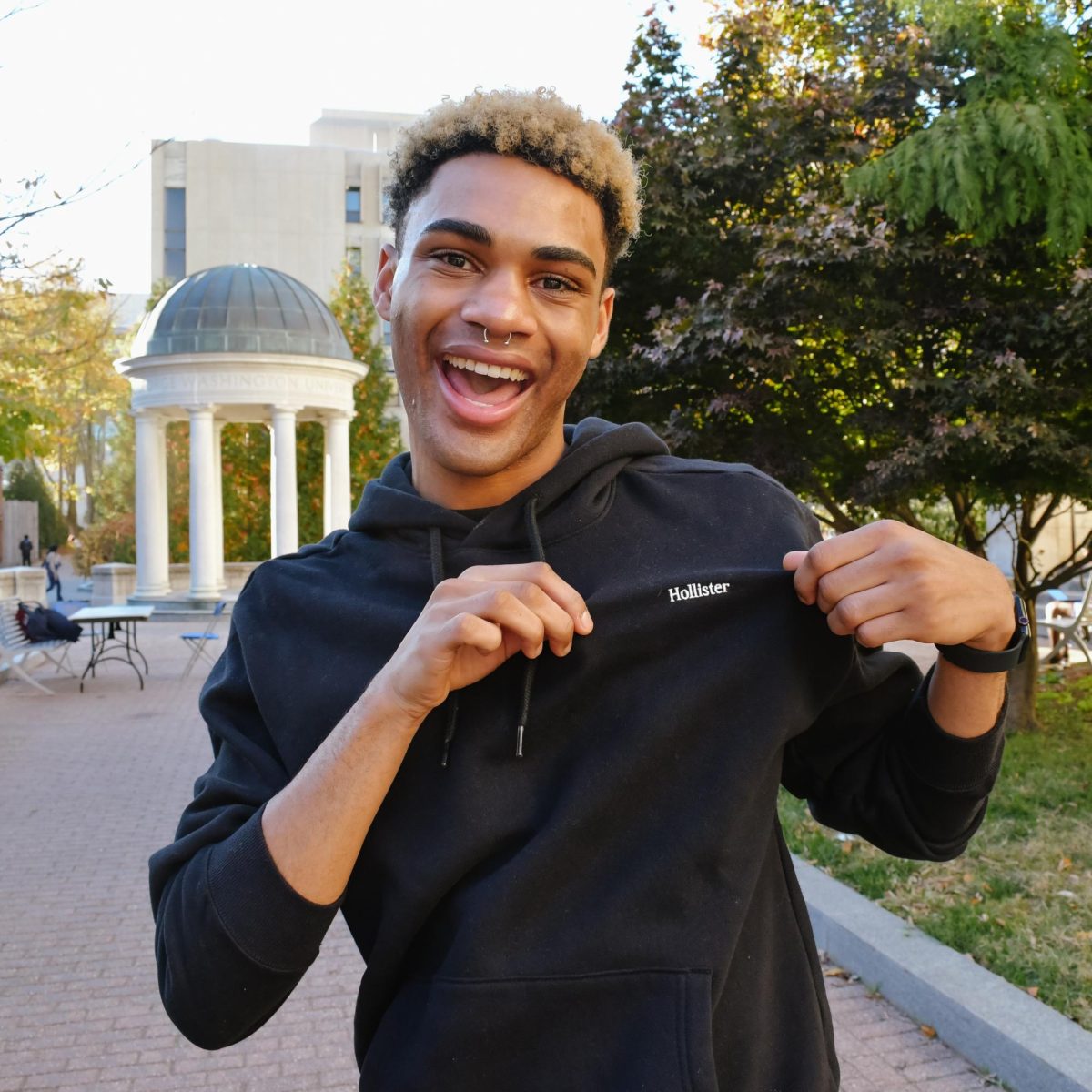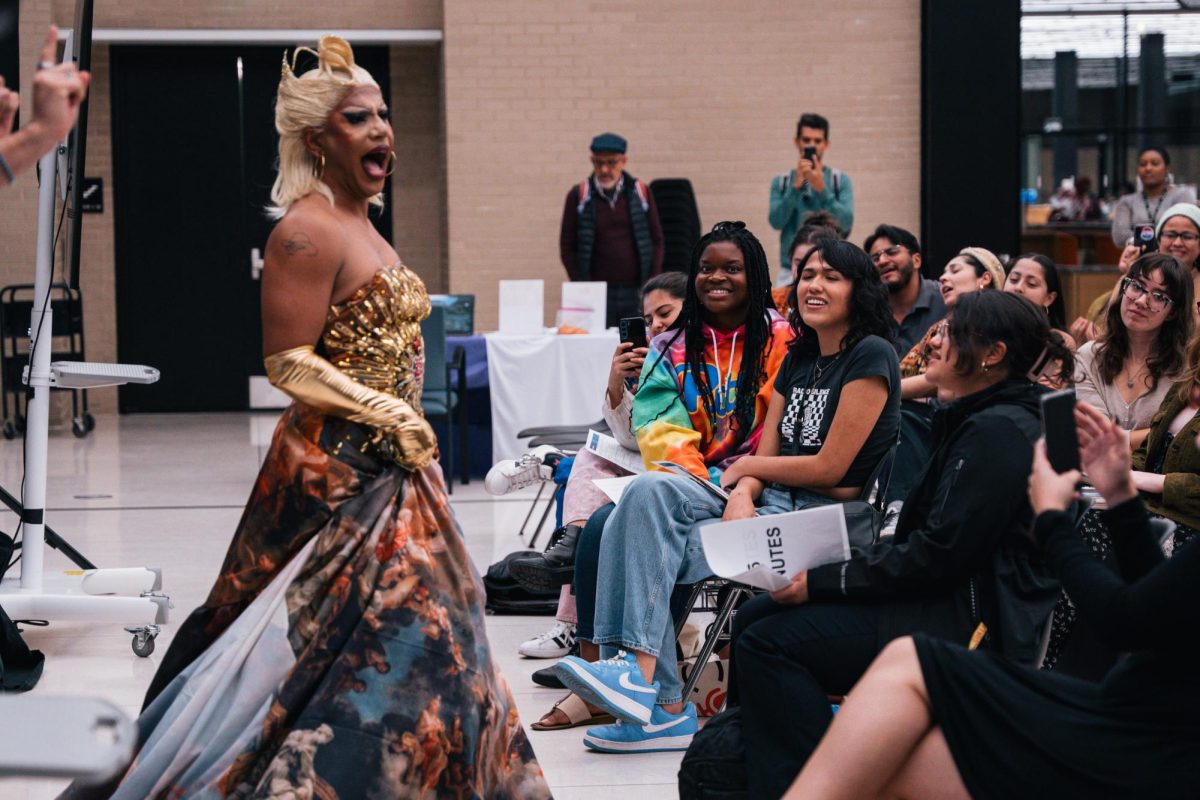Just after learning that his band’s song “I Want to Hold Your Hand” had charted in America, John Lennon was annoyed.
Lennon was sitting in a Paris hotel room alongside his bandmates and Scottish photographer Harry Benson, who had been assigned to travel with The Beatles during their first tour in the United States in 1964. Benson, wanting to capture some behind-the-scenes shots of the band, suggested that they have a pillow fight on the bed he could photograph — but Lennon didn’t like that idea one bit.
“When I suggested they have a pillow fight, three said okay but John said ‘No, it will make us look silly,’” Benson said in an email.
But Benson had a little help from his friends — in this case, Paul McCartney.
“So that was that until John sneaked up behind Paul and hit him over the head with a pillow, spilling a drink all over him,” Benson said. “And then it was everyone for himself.”
The picture, showing the four jubilant band members wrestling and laughingly threatening each other with pillows, now hangs in the District at the Harry Benson: Washington DC exhibit. The gallery, which sits next door to Capitol One Arena, is a collection of more than 150 of Benson’s images, often taken in D.C., documenting historical events, political figures and celebrities from the 1950s onward.
The photo collection, which is run by Washington Wizards and Capitals’ owner Monumental Sports & Entertainment, will be up until the NBA and NHL seasons end, open 10 a.m. to 5 p.m. Wednesday through Sunday, except on Wizards’ and Capitals’ game days when it is open until 7 p.m., and is free.
The 94-year-old Benson said the plan for the gallery came six months ago over a dinner between him and Ted Leonsis, the CEO of Monumental Sports & Entertainment. Benson said that during their dinner, the two talked about how Benson had photographed every president since Dwight D. Eisenhower, many of which immortalized moments in D.C. history, sparking the idea for a gallery chronicling Benson’s long history of work.
Upon entering the gallery, visitors face a wall displaying a short note and bio of Benson, as well as a photo of The Beatles getting off their plane in New York on their first visit to the United States in 1964. In the main room on the first floor are candid shots of a number of American electoral luminaries, including presidents from Eisenhower to Joe Biden.
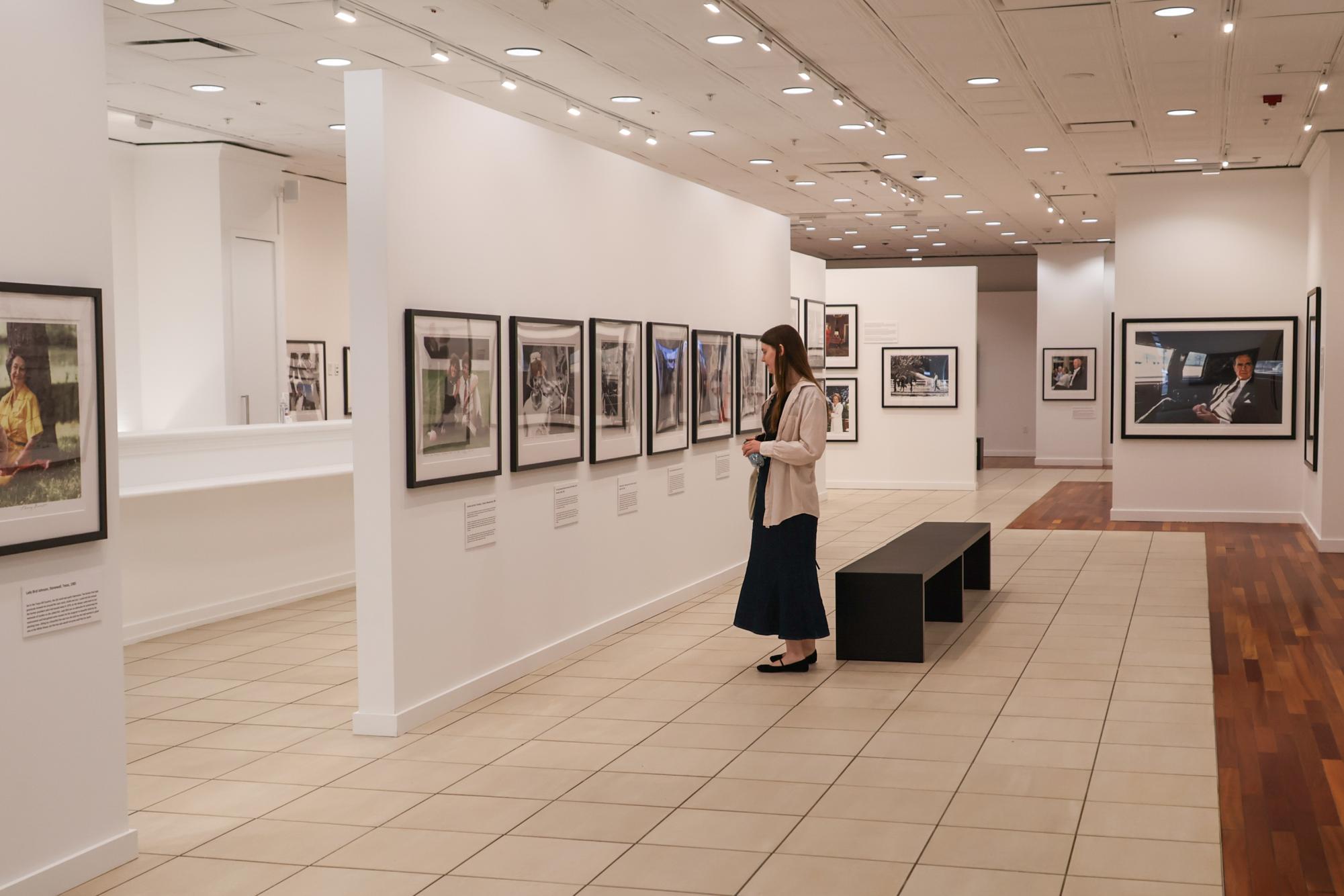
One picture shows former president Bill Clinton just as his wife, Hillary, is about to kiss him in Little Rock, Arkansas, after winning the 1992 presidential election. Benson said he likes to photograph his subjects in more natural and personal settings like he did with Clinton because his images turn out genuine instead of staged.
“I always try to show the subjects as they really are, in their own environment instead of in a studio with hair and makeup artists hovering over them,” he said in an email.
Benson said he’s felt an attraction to snapping shots of politicians since he was a child listening to Winston Churchill deliver speeches over the radio. He said it inspired him to try to be in the center of notable world events instead of “on the sidelines.”
To the left of the entrance is a second, smaller room on the first floor consisting of photographs from the 1960s. One image showcases Martin Luther King, Jr., John Lewis and Ralph Abernathy during the March Against Fear led by James Meredith in 1966. Another nearby shows the assassination of Robert F. Kennedy in 1968, the then-New York senator lying lifeless in the center of the frame with panicked onlookers around him.
To the right of the Kennedy assassination is a photo of a frantic Ethel Kennedy, Robert’s wife, surrounded by a mob of people immediately after the tragedy with her hands outstretched to the camera as she appears to cry “Give him air!” Benson said that after the assassination, he received heavy criticism for taking photos of the incident instead of helping.
“There are different opinions on continuing to take photographs at that time, but I felt I had to document the tragedy for history, so future generations would actually be able to see the tragedy unfold and that the authorities could search for anything that might be of interest in the following investigation or in the years to come,” Benson said.
Bob Schneider, the chief of staff to Leonsis, said it took between six to seven weeks for construction on the building, where they changed the lighting to “gallery-art quality” and between two to three weeks to hang up all of the photographs. He said that after the work had been completed, Leonsis and his business partner Jeff Skoll held a reception on Oct. 21 with Harry and his wife Gigi.
“People are thrilled because it’s not just photography, it is kind of a history lesson and people can relate to it,” Schneider said. “Any age has heard of The Beatles.”


